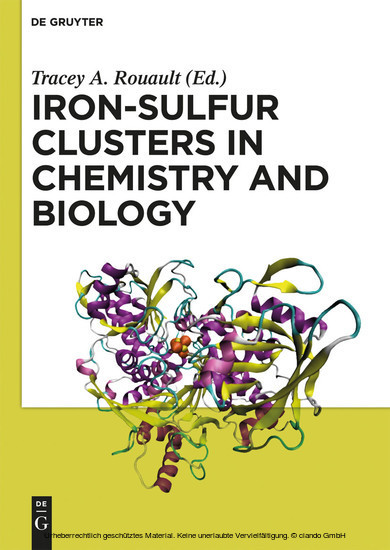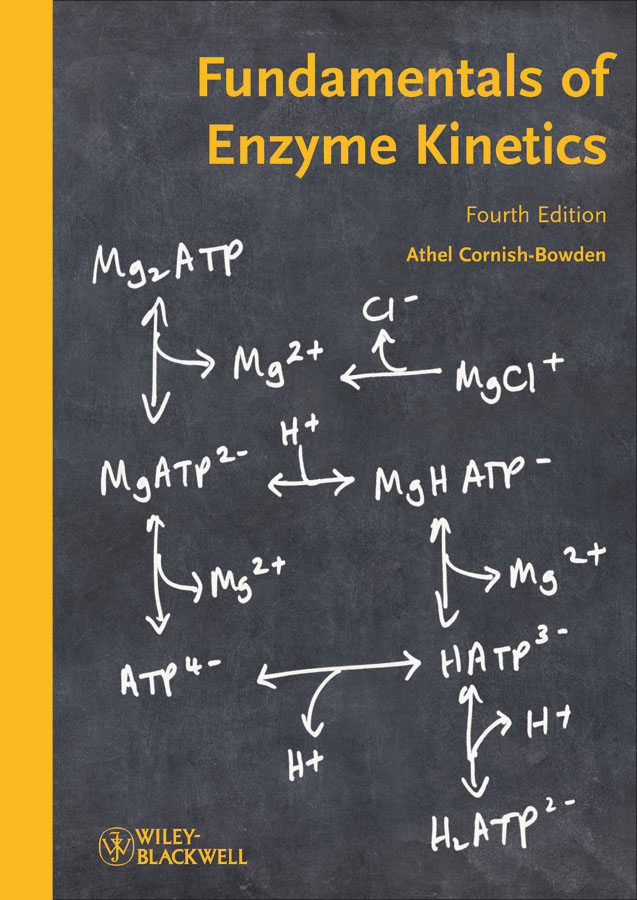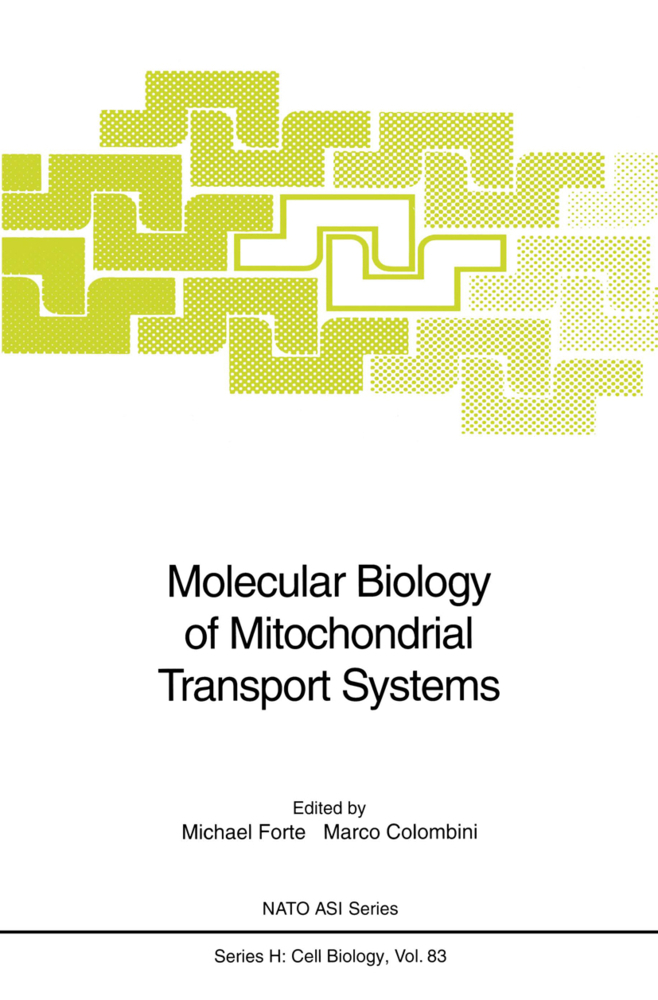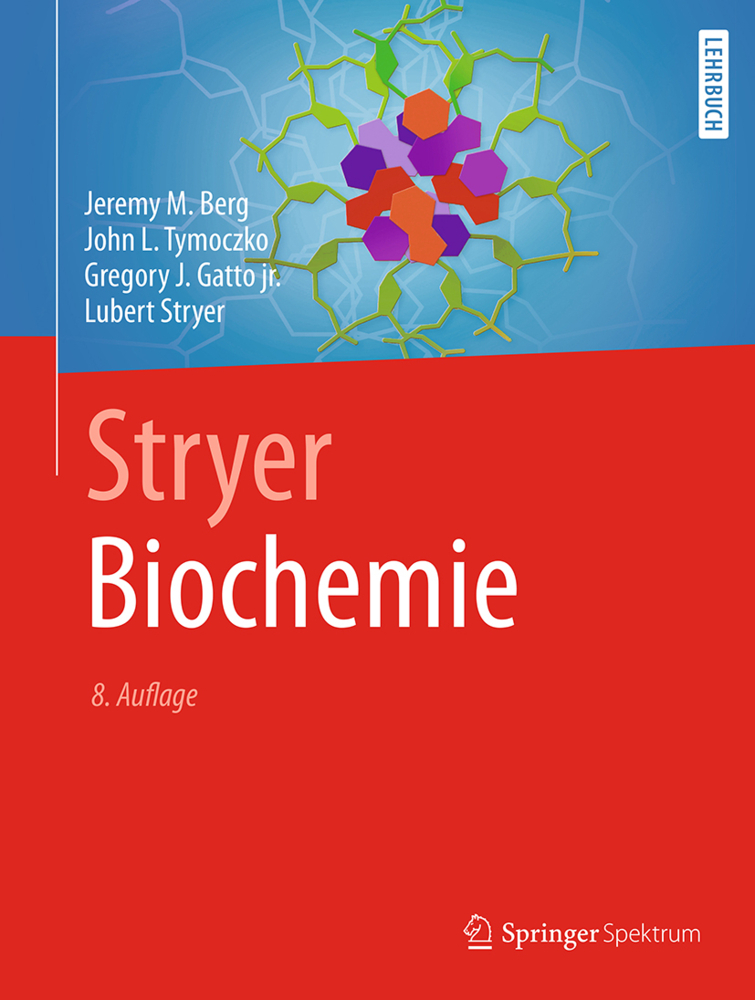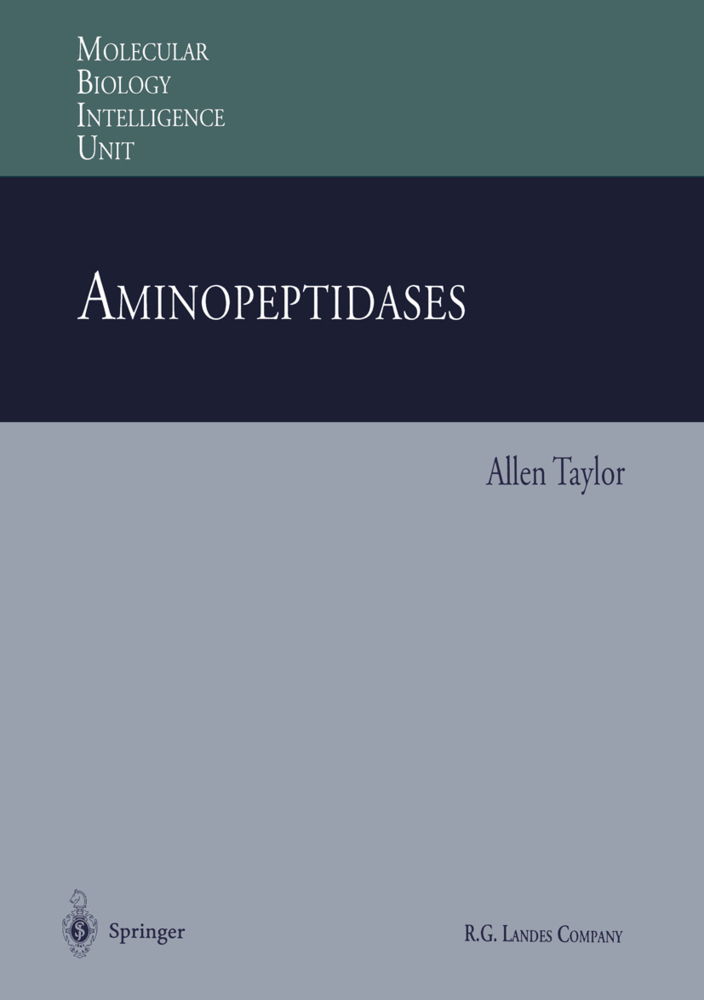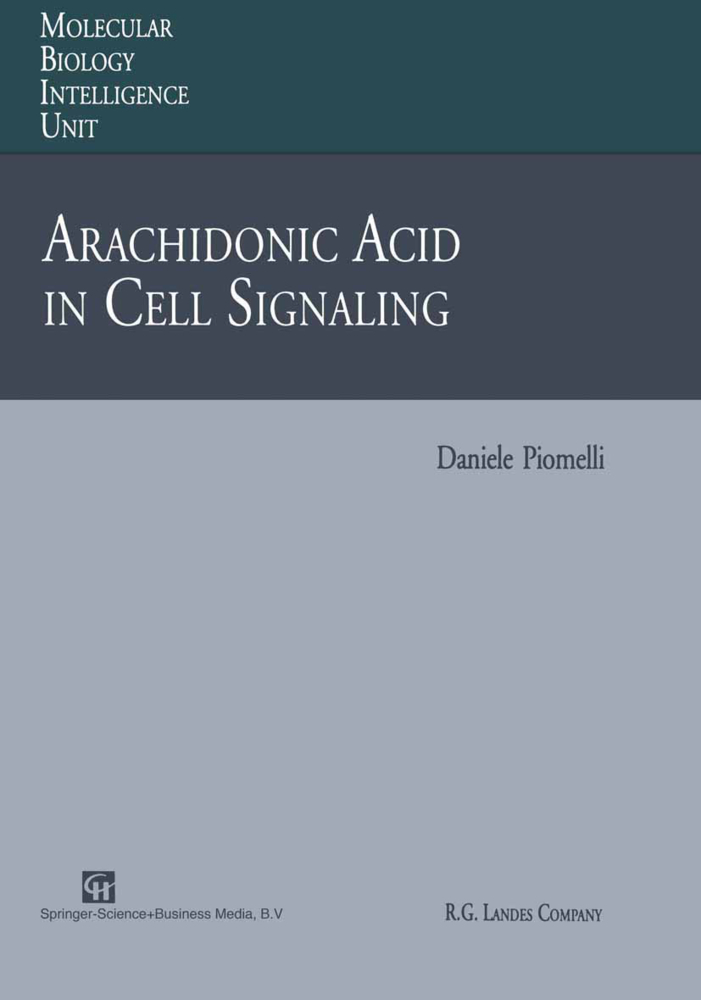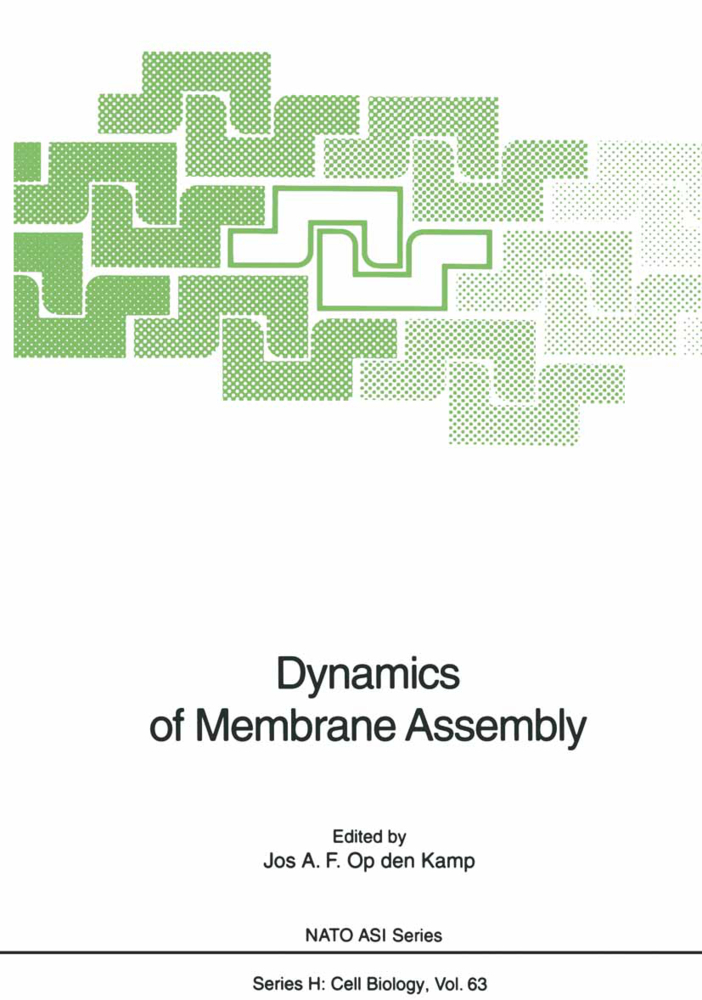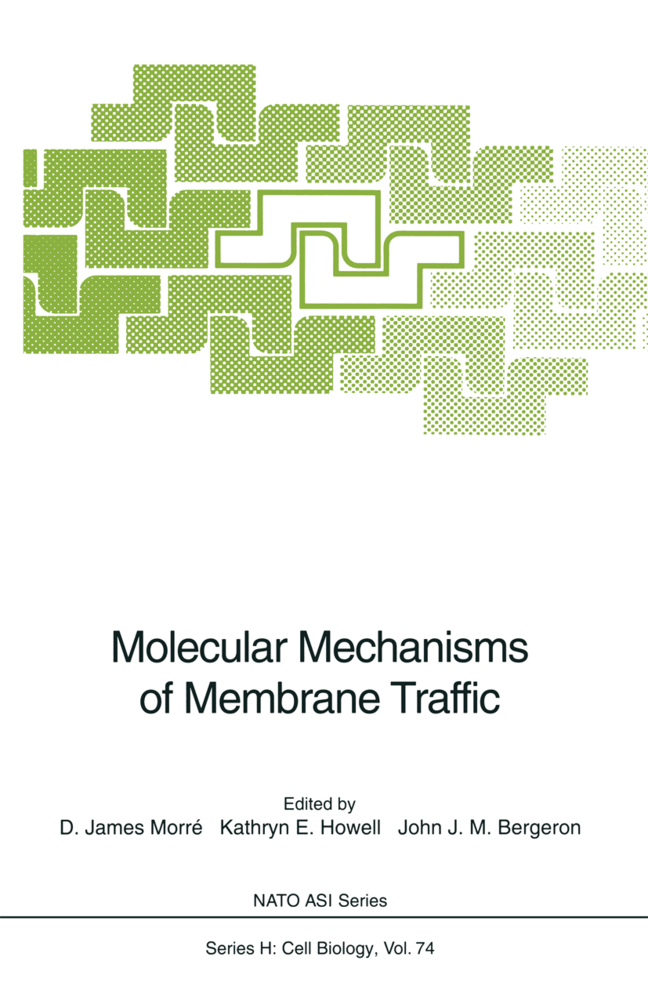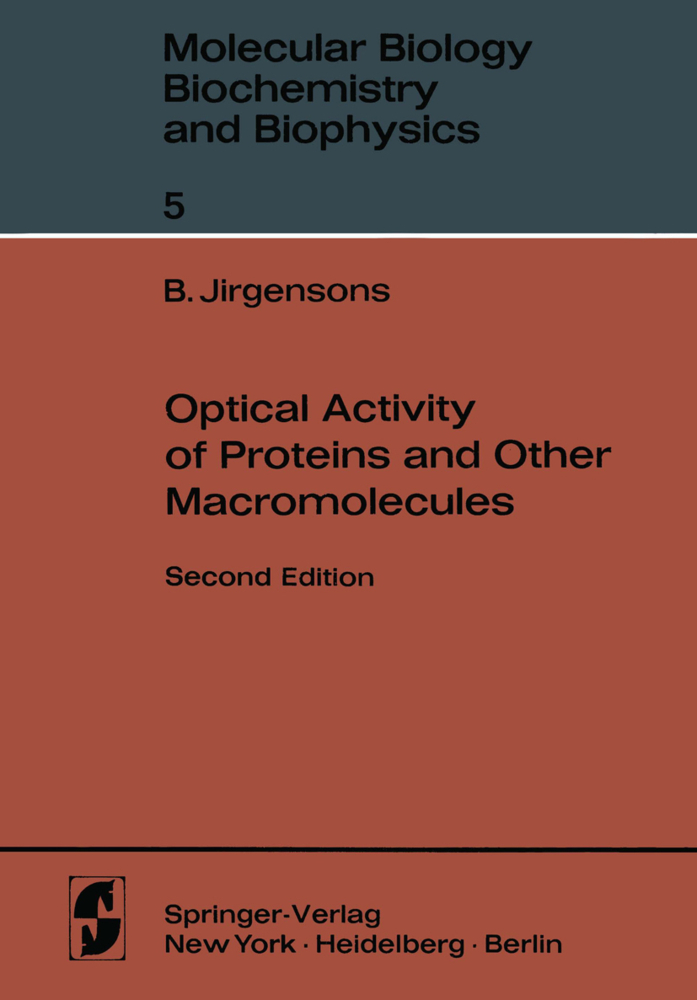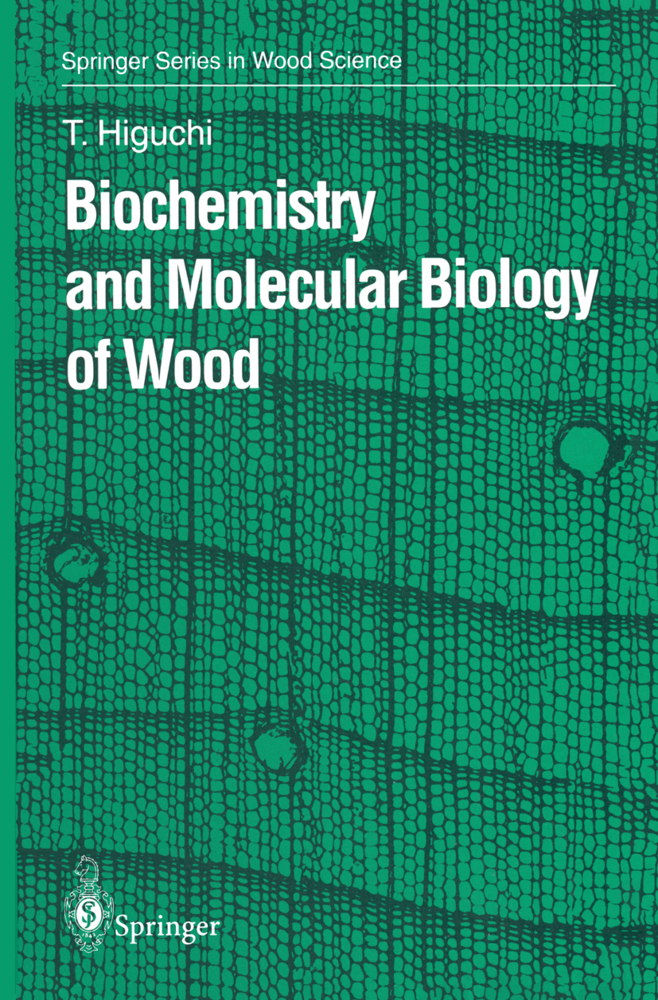Iron-Sulfur Clusters in Chemistry and Biology
This volume on iron-sulfur clusters includes chapters that cover the history of the discovery of iron-sulfur clusters in the 1960s to discoveries of their role in the enzyme, aconitase (1980s), and numerous other proteins. It explains basic chemistry principles, how microbes, plants, and animals synthesize these complex prosthetic groups, and why it is important to understand the chemistry and biogenesis of FeS proteins.
Tracey Rouault, NIH Bethesda, Maryland, USA
1;Contents;9 2;Preface;5 3;Contributing authors;21 4;1 Iron-sulfur proteins: a historical perspective;25 4.1;1.1 Framing the scene;25 4.2;1.2 The early days of "nonheme iron";25 4.3;1.3 Of proteins and analogues;26 4.4;1.4 Beyond electron shuttles;30 4.5;1.5 How are FeS clusters synthesized in cells?;31 5;Acknowledgment;32 6;References;32 7;2 Chemistry of iron-sulfur clusters;35 7.1;2.1 Introduction;35 7.2;2.2 Electronic structure of Fe-S complexes;36 7.2.1;2.2.1 Spin-polarization and strong metal-ligand bonds;36 7.2.2;2.2.2 Spin-coupling and metal-metal bonds;38 7.2.3;2.2.3 Spin resonance delocalization in mixed-valence iron pairs;38 7.3;2.3 Unique properties of Fe-S clusters;39 7.3.1;2.3.1 Stable rigid clusters mean low reorganization energy;39 7.3.2;2.3.2 Polynuclear clusters mean multiple valency;40 7.3.3;2.3.3 Resonance delocalization and [Fe4S4(Cys)4] cluster conversion;40 7.4;2.4 Summary;42 8;Acknowledgments;42 9;References;42 10;3 Quantitative interpretation of EPR spectroscopy with applications for iron-sulfur proteins;45 10.1;3.1 Introduction;45 10.2;3.2 Basic EPR theory;46 10.3;3.3 g Factor anisotropy;48 10.4;3.4 Hyperfine structure;48 10.5;3.5 Ligand interactions;50 10.6;3.6 Spin Hamiltonian;51 10.7;3.7 Basic EPR instrumentation;52 10.8;3.8 Simulation of powder spectra;53 10.9;3.9 Quantitative aspects;55 10.10;3.10 Examples;57 10.10.1;3.10.1 S = 1/2 systems;57 10.10.2;3.10.2 Spin systems with S = 3/2, 5/2, 7/2, etc.;61 10.10.3;3.10.3 Spin systems with S = 1, 2, 3, etc;66 10.11;3.11 Conclusion;70 11;References;70 12;4 The utility of Mössbauer spectroscopy in eukaryotic cell biology and animal physiology;73 12.1;4.1 Introduction;73 12.2;4.2 Transitions associated with MBS;73 12.3;4.3 Coordination chemistry of iron;75 12.4;4.4 Electron spin angular momentum and EPR spectroscopy;77 12.5;4.5 High-spin vs low-spin FeII and FeIII complexes;77 12.6;4.6 Isomer shift (d) and quadrupole splitting (.EQ);77 12.7;4.7 Effects of a magnetic field;78 12.8;4.8 Slow vs fast relaxation limit;79 12.9;4.9 MB properties of individual Fe centers found in biological systems;80 12.10;4.10 Magnetically interacting Fe aggregates;82 12.11;4.11 Insensitivity of MBS and a requirement for 57Fe enrichment;83 12.12;4.12 Invariance of spectral intensity among Fe centers;84 12.12.1;4.12.1 Mitochondria;84 12.12.2;4.12.2 Vacuoles;87 12.12.3;4.12.3 Whole yeast cells;88 12.12.4;4.12.4 Human mitochondria and cells;89 12.12.5;4.12.5 Blood;89 12.12.6;4.12.6 Heart;91 12.12.7;4.12.7 Liver;91 12.12.8;4.12.8 Spleen;92 12.12.9;4.12.9 Brain;92 12.13;4.13 Limitations of MBS and future directions;94 13;Acknowledgments;95 14;References;96 15;5 The interstitial carbide of the nitrogenase M-cluster: insertion pathway and possible function;101 15.1;5.1 Introduction;101 15.2;5.2 Proposed role of NifB in carbide insertion;103 15.3;5.3 Accumulation of a cluster intermediate on NifB;104 15.4;5.4 Investigation of the insertion of carbide into the M-cluster;106 15.5;5.5 Tracing the fate of carbide during substrate turnover;109 16;References;110 17;6 The iron-molybdenum cofactor of nitrogenase;113 17.1;6.1 Introduction;113 17.2;6.2 The metal clusters of nitrogenase;114 17.3;6.3 Structure of FeMoco;115 17.4;6.4 Redox properties of FeMoco;117 17.5;6.5 An overlooked detail: the central light atom;118 17.6;6.6 The nature of X;120 17.7;6.7 Insights into the electronic structure of FeMoco;124 17.8;6.8 A central carbon - consequences and perspectives;125 18;Acknowledgments;127 19;References;127 20;7 Biotin synthase: a role for iron-sulfur clusters in the radical-mediated generation of carbon-sulfur bonds;131 20.1;7.1 Introduction;131 20.2;7.2 Sulfur atoms in biomolecules;132 20.3;7.3 Biotin chemistry and biosynthesis;133 20.4;7.4 The biotin synthase reaction;135 20.5;7.5 The structure of biotin synthase and the radical SAM superfamily;137 20.6;7.6 The [4Fe-4S]2+ cluster and the radical SAM superfamily;141 20.7;7.7 The [2Fe-2S]2+ cluster and the sulfur insertion reaction;144 20.8;7.8
Rouault, Tracey
| ISBN | 9783110378269 |
|---|---|
| Artikelnummer | 9783110378269 |
| Medientyp | E-Book - ePUB |
| Copyrightjahr | 2014 |
| Verlag | Walter de Gruyter GmbH & Co.KG |
| Umfang | 672 Seiten |
| Sprache | Englisch |
| Kopierschutz | Digitales Wasserzeichen |

